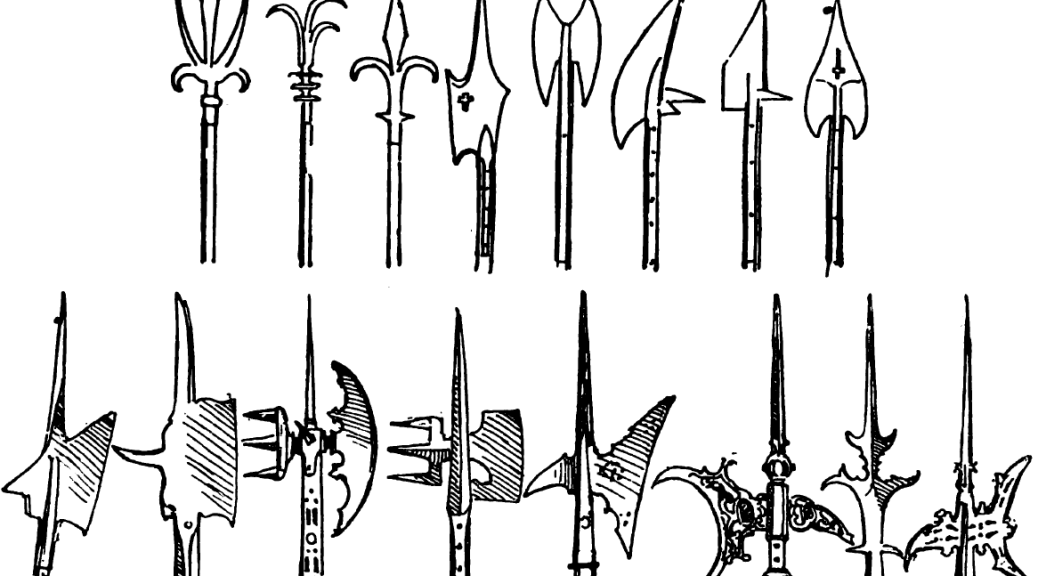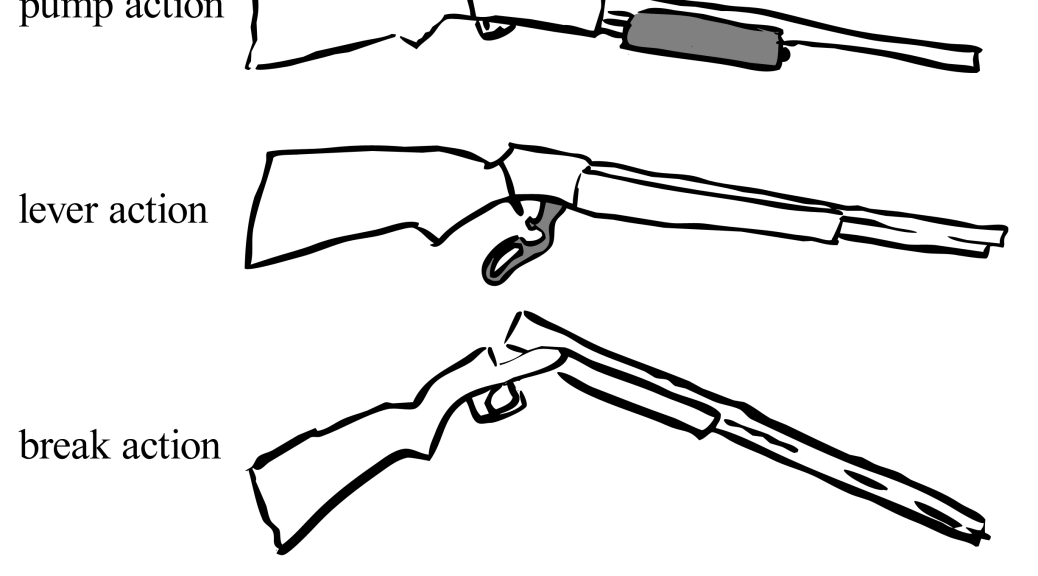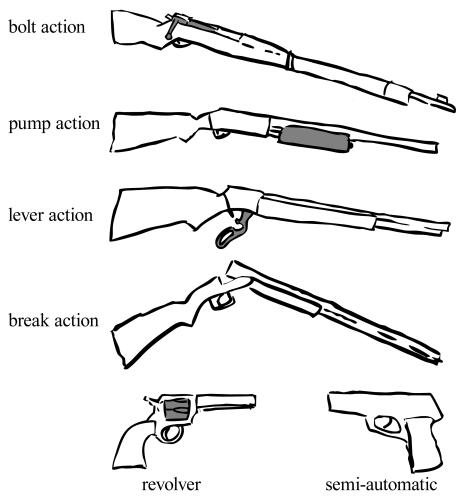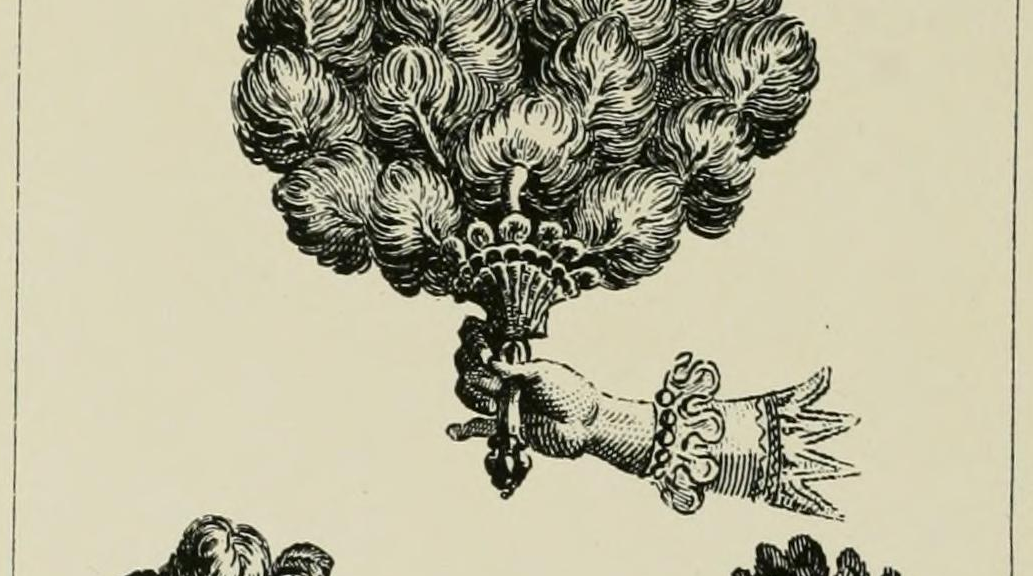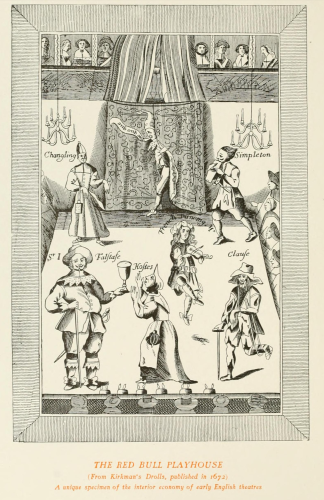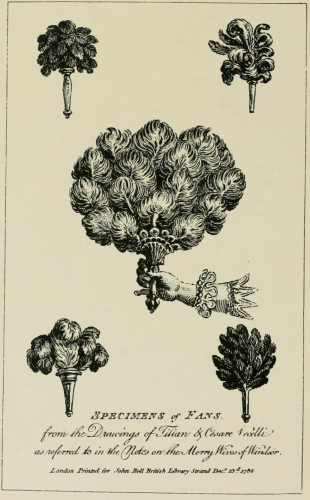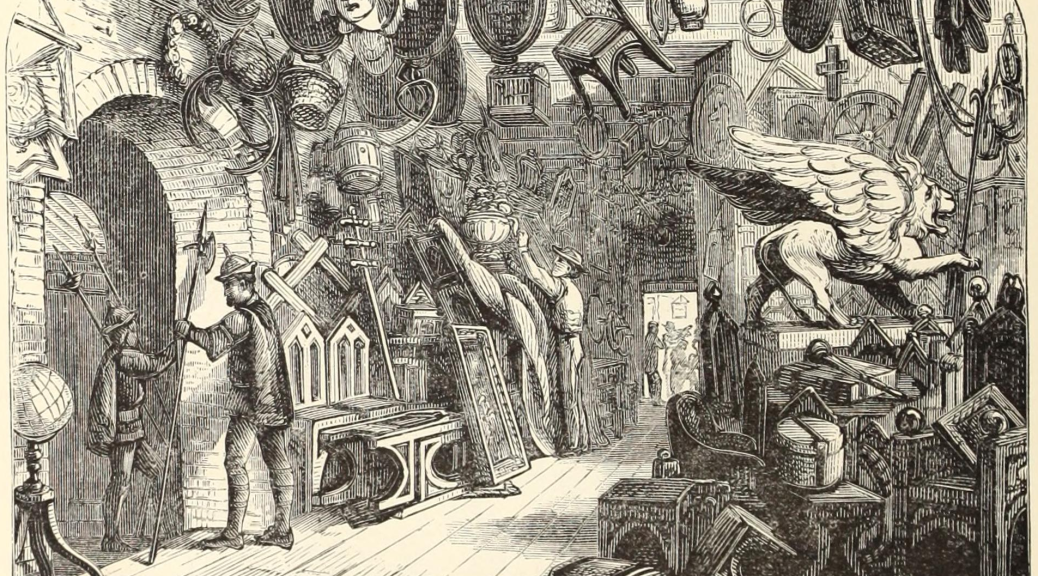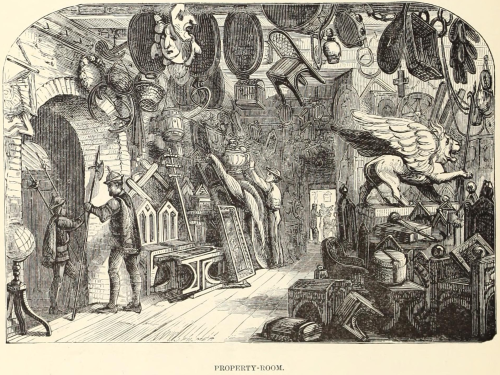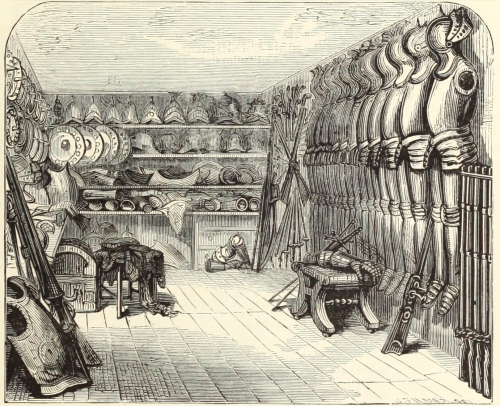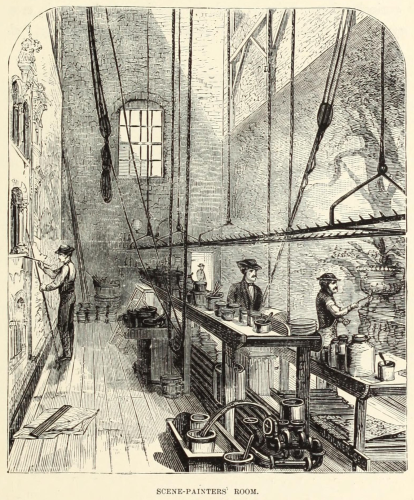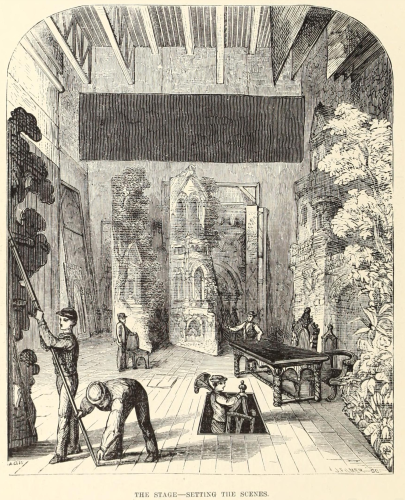“The halbard may be derived from the German Halbe-Barthe; half battle-axe; or from Helm, casque, and Barthe, battle-axe; or from Alte Barthe, old battle-axe: in Germany and Scandinavia it dates from the earliest centuries of the present era, though it was not known in France until the Swiss introduced it in 1420.”
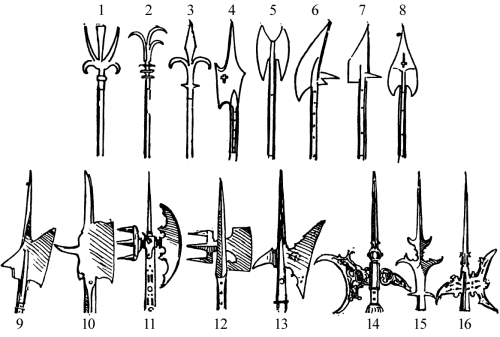
1, 2, and 3. Three kinds of halbards, somewhat like the ranseurs, eleventh century.
4. Swiss halbard, fourteenth century.
5, 6, 7, and 8. Four German halbards of the fourteenth century.
9. Swiss halbard, beginning of the fifteenth century.
10. Swiss halbard, end of the fifteenth century.
11. Swiss halbard with three-pronged hammer, end of the fifteenth century.
12. German halbard with three-pronged hammer, beginning of the sixteenth century.
13. Swiss halbard, middle of the sixteenth century.
14. German halbard, sixteenth century, engraved and gilt, a very handsome weapon.
15. German halbard, sixteenth century.
16. Venetian halbard, end of the sixteenth century.
The illustrations and descriptions have been taken from An Illustrated History of Arms and Armour: From the Earliest Period to the Present Time, by Auguste Demmin, and translated by Charles Christopher Black. Published in 1894 by George Bell.
Though halberd is the preferred modern spelling, this article uses halbard, an accepted variant.

